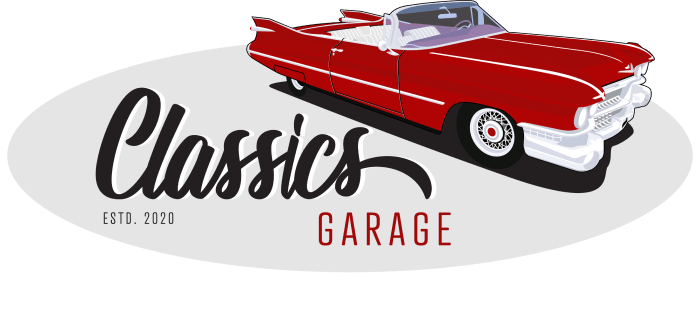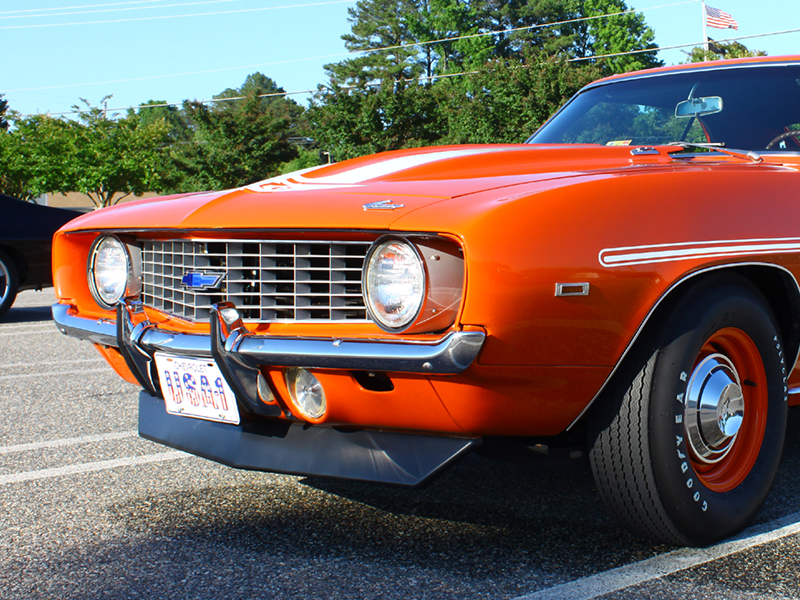Throughout the decades, the Chevrolet Camaro has received many modifications to boost style and performance, but arguably the most revered is the Yenko Camaro.
Although the news often comes as a surprise to many, Chevrolet was once the cheapest of all of the General Motors subsidiaries. Although Chevrolet once came last behind Pontiac, Oldsmobile, Buick and of course, Cadillac, many of those former powerhouse brands have since been retired thanks to unsustainable production methods and sales figures. Ironically, it’s Chevrolet that still stands – and it’s arguably thanks to cars like the Camaro.
Over the years, the meaning behind the Camaro name has received much speculation. In French, the term means “friend” or “comrade”, but oddly enough, it also translates to “small shrimp” in Spanish. Chevrolet later debunked these theories, and described the term as “a small and vicious animal that devours Mustangs”.
Given the fact that the Camaro has remained in production since 1967, it’s understandable that this universally celebrated model has received many tweaks over the years, with one of the most noteworthy stemming from the experience of American race car driver, Don Yenko.
How The Yenko Camaro Came Roaring To Life
The world famous Yenko Camaro, or also known as the Yenko Super Camaro, is named as a homage to Don Yenko, an American professional race car driver. Originally hailing from Pennsylvania, Yenko quite literally earned his racing stripes with the help of many Corvettes, which were then regarded as one of Chevrolet’s premium automotive offerings.
Yenko was in a unique position to observe and provide feedback on the performance of such vehicles, as he not only competed in the 24 Hours of Le Mans race, but also won the Sports Car Club Of America championship race on four separate occasions. By 1957, Yenko had also set up his own shop modifying all types of Chevys at his family’s automotive dealership, with the first noteworthy product to come out of the workshop being a modified Corvair known as “The Stinger”.
Yenko is thought to have built almost two hundred “Stingers” between 1965 and 1967, when the Camaro debuted as Chevy’s answer to the wildly popular Ford Mustang. While the first generation Camaro remains a legendary vehicle to this day, the model did have its limits.
In fact, a corporate edict from General Motors prevented it from carrying an engine larger than 400 in³ (6.6 L) V8. As such, this put the Camaro at a disadvantage when compared to the Ford Mustang, Plymouth Barracuda and the Dodge Dart, none of which were governed by such restrictions. Knowing full well that there was a market for a powerful Camaro, Yenko soon got to work mapping out ways to get around the limit.
Yenko shrewdly decided to build his own high-performance Camaro, ordering cars in SS trim and then dropping in the very same L72 V8 available in the Corvette. Displacing 7.0 litres and producing up to 450 horsepower, the very first Yenko Camaro soon roared to life, and included add-ons like a fibreglass replacement hood, an upgraded rear end with 4.10 gearing, and heavy duty suspension.
By 1968, buyers were blown away at the capabilities of the new Yenko Camaro modifications. Yenko knew full well that he had a hit on his hands, and soon placed orders for Camaros in ever better spec by using the COPO system, or Central Office Production Order. Utelising his experience on the track, Yenko specifically wanted a 140-mile-per-hour speedometer, plus a larger front sway bar. Other modifications for the second batch of Yenko Super Camaros included 16-inch Pontiac wheels with Yenko badging, as well as front and rear spoilers.
For model year 1969, General Motors essentially caved to Yenko and his widely popular Super Camaro, opting to just do the modifications through the COPO system rather than having Yenko’s own workshop do the actual modifications. While this would be the final year of the original Yenko Camaro, models also included more options, from an automatic transmission to power disc brakes and a four-core radiator.
Today, there are thought to be less than two hundred original Yenko Super Camaros still available anywhere in the world. With auction sales figures now exceeding $300,000 USD, they are regarded as one of the most valuable and universally revered classic cars.
Your Guide To Everything Classic Cars
Finding a fellow vintage auto enthusiast can feel a bit like finding a needle in a haystack, but rest assured that Classic’s Garage understands the thrill more than most. Having spent forty years collecting anything and everything from matchbox cars to hub caps, he’s successfully followed his passion to source, collect and stock beautiful and low mileage classic automobiles from around the world.
Although his passion is for automobiles built before 1978, with a particular love for Buicks, Cadillacs, Lincolns, Oldsmobiles and even Fords, Wayne is just as passionate about the stories of the owners. If it’s even remotely different, rare or just plain unusual, Wayne will overcome the relevant logistical and geographical challenges of bringing the cars to his showroom in Australia.
Classic’s Garage is a showroom conveniently located at Seventeen Mile Rocks, that specialises in the restoration and sales of vintage automobiles. If you’re on the hunt for Brisbane classic cars – quite simply, Wayne is your man. If you would like to arrange a viewing or inspect any other of our classic vehicles, please get in touch with us today.

